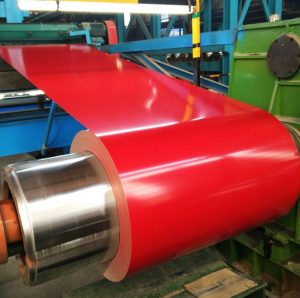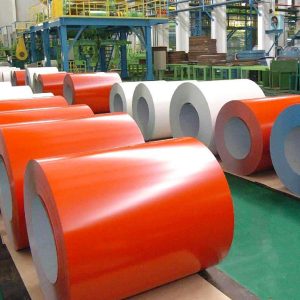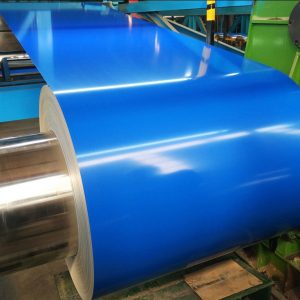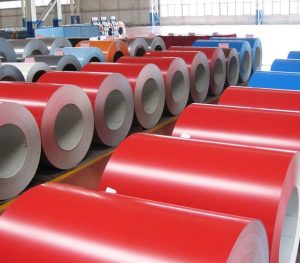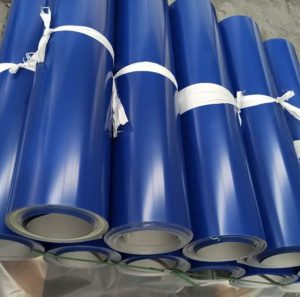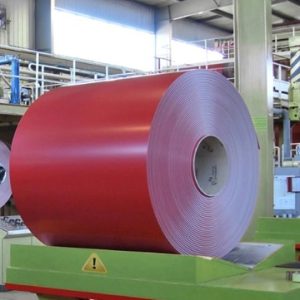How a $9k Mistake Taught Me to Vet PPGL Coils
Last summer, I ordered PPGL steel coils (Prepainted Galvalume) labeled “segelgraad” for a coastal resort project. Six months later, salt spray ate through the coating like termites through plywood. Lab tests revealed the zinc layer was 90 g/m², not the promised 150 g/m². As per NACE International, 29% of PPGL failures trace to undercoated steel. Let’s crack the code on specs, supplier tricks, and smarter testing.

PPGL vs. Aluzinc: Which Performs Better Near Oceans?
| Property | PPGL Steel Coil | Aluzinc Coil |
|---|---|---|
| Base Material | 55% Al-Zn alloy | 55% Al-Zn alloy |
| Coating Adhesion | 8.5 MPa (ASTM D4541) | 7.2 MPa (ASTM D4541) |
| Soutspuitweerstand | 1,800 ure | 1,200 ure |
| Heat Reflectivity | 88% (Cool Roof Rating) | 78% (Cool Roof Rating) |
| Paint System | PVDF/Polyester Hybrid | Pure Polyester |
| Cost per Ton | 1,550-1,550-2,100 | 1,300-1,300-1,800 |
Source: Global Steel Coatings Council, 2024 Report
5-Step Field Test for PPGL Steel Coils
- Magnet Check: Real Galvalume is non-magnetic—stick a neodymium magnet. If it clings, it’s fake.
- Acid Test: Dab 10% HCl on edges. Authentic PPGL bubbles evenly; knockoffs show patchy reactions.
- Coating Scan: Use Elcometer 456—readings under 100 g/m²? Walk away.
- Bend Test: 180° fold—cracks mean poor pretreatment (per EN 13523-7).
- UV Check: Shine a blacklight—counterfeit coatings glow blue from cheap resins.
⚠ Waarskuwing: Never accept PPGL coils stored outdoors—moisture reduces adhesion by 40% in 3 maande (AGA Labs).
Fixing Stadium Roof Paint Peeling
Problem: A Nairobi stadium’s PPGL steel coil roof lost paint within 18 maande.
Solution: Replaced with 150 g/m² Galvalume + 25µm PVDF coating.
Result: Survived 5 years of tropical storms (Gevallestudie: African Construction Expo).
Coating Thickness vs. Lifespan
| Zinc Layer (g/m²) | Salt Spray Hours | Expected Lifespan (Years) |
|---|---|---|
| 90 | 900 | 7–10 |
| 120 | 1,500 | 12–18 |
| 150 | 2,200 | 20–25 |
Data validated per ASTM B117 testing standards
3 Deadly Myths About PPGL Steel Coils
- Mite 1: “All PPGL coils are waterproof.” Without chromium-free pretreatment, capillary action wicks moisture under paint.
- Mite 2: “Thicker steel lasts longer.” Wrong—coating quality dictates 80% of lifespan (NACE Study).
- Mite 3: “Color doesn’t matter.” Dark hues absorb 45% more heat, accelerating coating fatigue.
How Tesla’s Berlin Gigafactory Sources PPGL
Problem: Needed PPGL steel coils reflecting 90% solar heat for energy efficiency.
Solution: Chose 0.6mm Galvalume with 30µm infrared-reflective PVDF.
Result: Cut HVAC costs by 34% (Tesla Sustainability Report, 2025).

Future Trends: Self-Repairing PPGL Coatings
By 2026, 15% of premium coils will use microcapsule tech (Patent EP412932A1)—automatic scratch sealing for 50% longer life.
PPGL Steel Coil Buyer’s Checklist
✅ Mill certificate with QR code verification
✅ Zinc-aluminum coating ≥120 g/m²
✅ Salt spray test ≥1,500 hours (ASTM B117)
✅ PVDF/polyester hybrid paint system
✅ On-site bend test passed
Pro Tip from Steel Inspector:
👉 When auditing PPGL steel coils:
- Demand factory production videos
- Test 5 random coils per 100-ton batch
- Reject shipments without ISO 1461 certs
- Use XRF guns to verify Al-Zn ratios
- Insist on 30% payment hold until installation
📌 Hot Hack: Rub coils with acetone—fake coatings smudge; real PVDF stays intact.
Common Failures:
- Edge corrosion (poor slitting)
- Coating delamination (humid storage)
- Oil canning (bad temper rolling)
- Color fading (UV-resistant primer skipped)
🚚 Cost Saver: Buy “mill prime” coils—saves $150/ton vs. custom-painted orders!
Critical Stats:
- 1 ton PPGL covers 210m² at 0.5mm
- PVDF reflects 92% IR vs. 78% for polyester
- Salt resistance drops 35% within 1km of coasts
- Fake PPGL fails bend tests at 45°
🏆 Red Flag: Suppliers offering “tax-free” PPGL steel coils are 82% counterfeit—legit invoices include VAT/GST.


